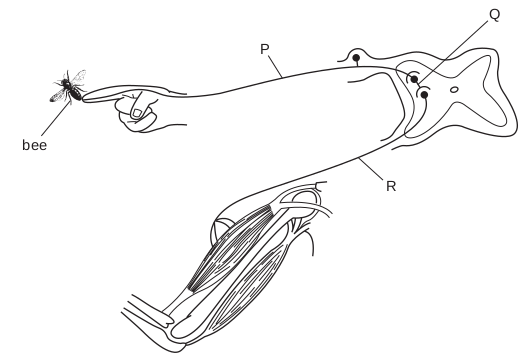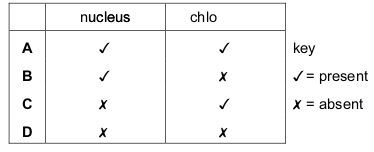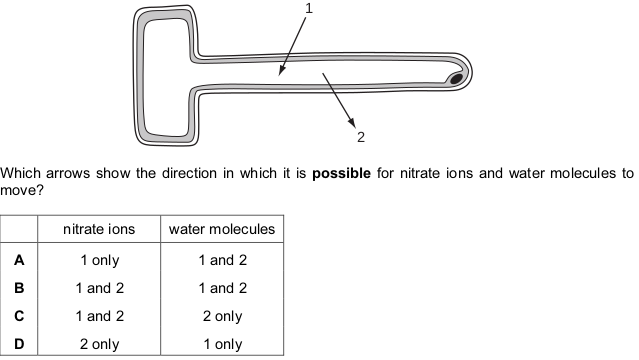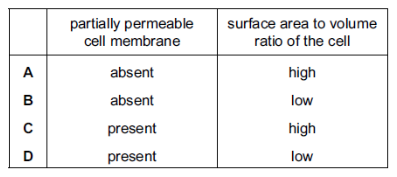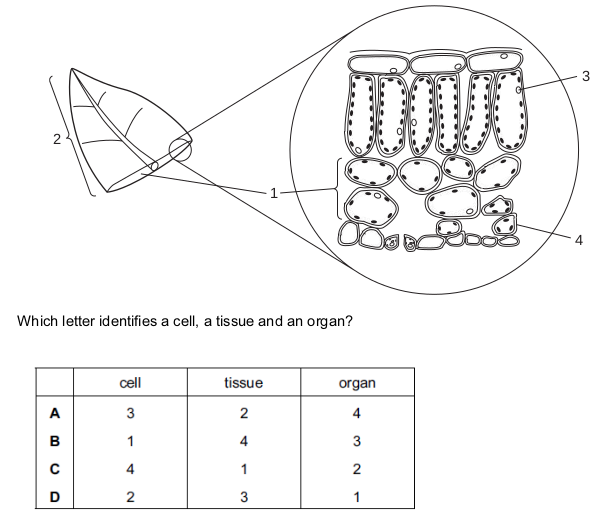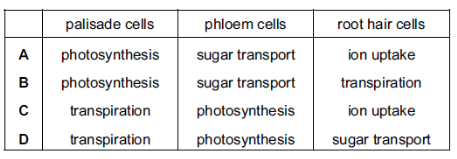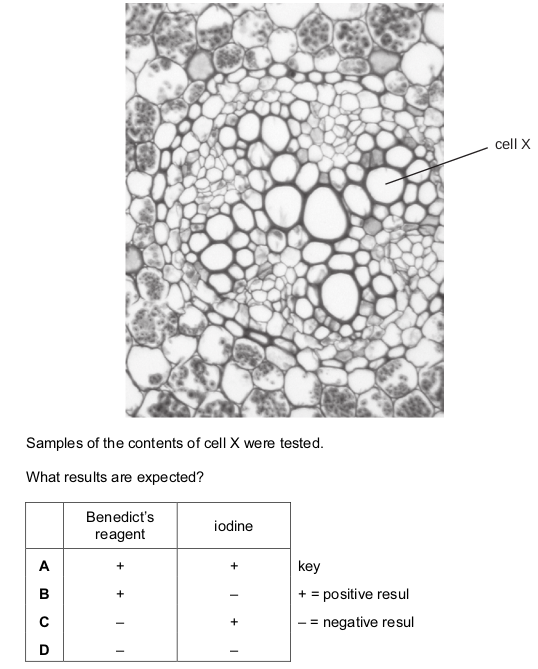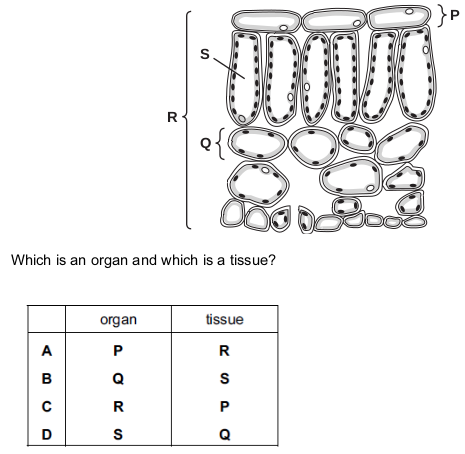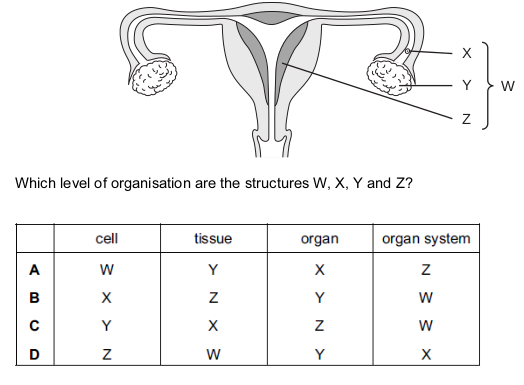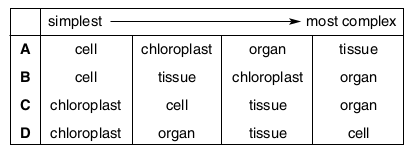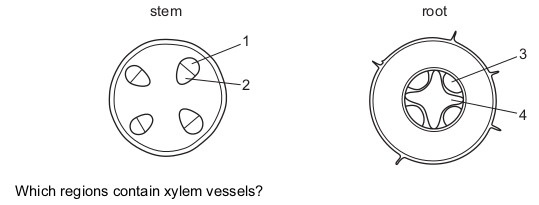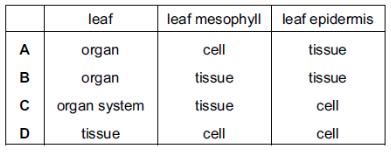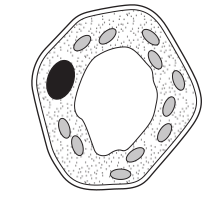Specialized Cells, Tissues and Organs Quiz
22 QuestionsQuiz Description
In this quiz, you will find a lot of interesting and fascinating quizzes like these specialized cells, tissues, and organs quizzes. Man (you) has a body, which functions in ways you can not begin to comprehend, this quiz helps you to understand the basic units that make up the human body and how they are all placed.
The whole body is made up of cells, which make up tissues, and these tissues in turn make up the organs. These organs all combined now form a system. Know that;
- Cells are the basic, smallest and functional unit of all living organisms be it plants or animals like plants and animal cells, and red blood cells.
- Tissues are a group of similar structural cells aimed at carrying out particular functions example the connective tissue
- Organs are simply a collection of tissues for example the liver
Our body requires the function of all these in order to be alive, therefore knowledge of this helps us understand their functions. For example, cells help in absorption in the intestine and also helps in the gaseous exchange between the capillaries and the alveoli of the lungs.
Find more exciting and similar quizzes at Biology quizzes.
Play!!
The diagrams show a cylindrical net packed with rubber balloons full of air. The structure is used by a teacher to explain wilting.
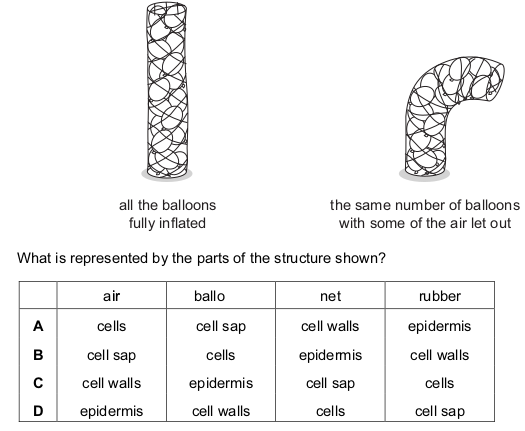
Samples of four different tissues are removed from the same plant.
The concentration of water in each of the four tissues is measured.
Which tissue is likely to have the highest water concentration?
Some processes which occur in flowering plants are listed.
1 ion uptake by roots hairs
2 water uptake by root hairs
3 ion movement up the xylem in the stem
4 water vapor loss by the mesophyll cells of the leaves
Which processes are controlled by cell surface membranes?
The sentence describes the uptake of water by a plant.
Water moves into the root hairs of a plant by osmosis through a ......1...... permeable cell membrane, ......2...... a water potential gradient.
Which words correctly complete gaps 1 and 2?
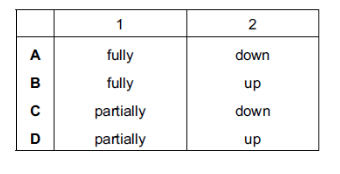
The photomicrograph shows onion epidermis.
Which term describes this onion epidermis?
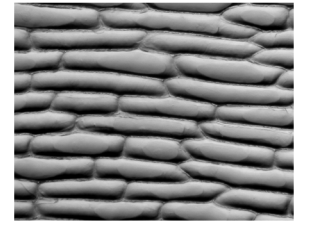
Which processes can take place in a root hair cell when oxygen is not available?
The concentration of nitrate ions in a root cell is higher than in the surrounding soil solution.
How do the nitrate ions move into the root cell?
The table shows some characteristics of four types of cell.
Which cell could be a root hair cell?
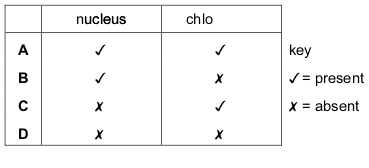
The diagram below shows a reflex arc in which a bee sting causes the arm to be moved quickly.
If the relay neurone at Q is damaged, how will the transmission of nerve impulses in the reflex arc
be affected?
